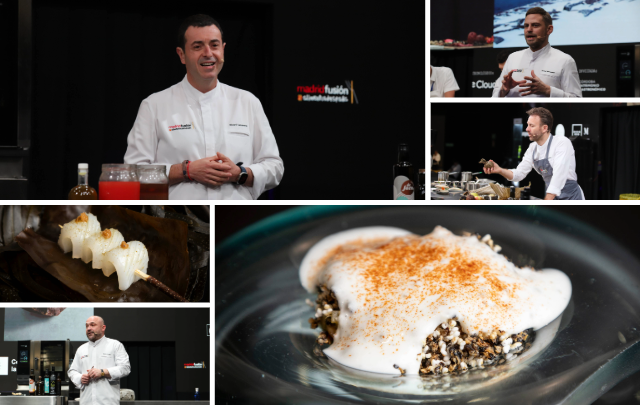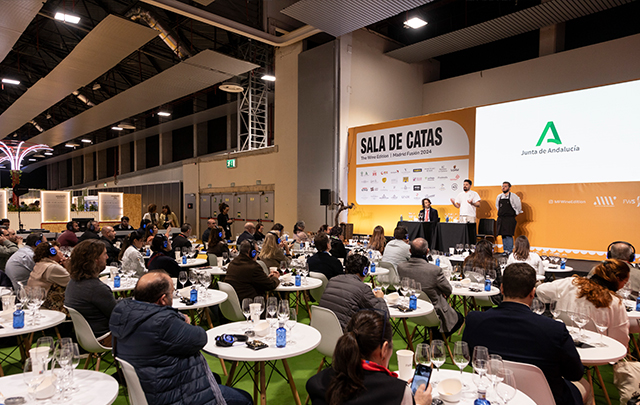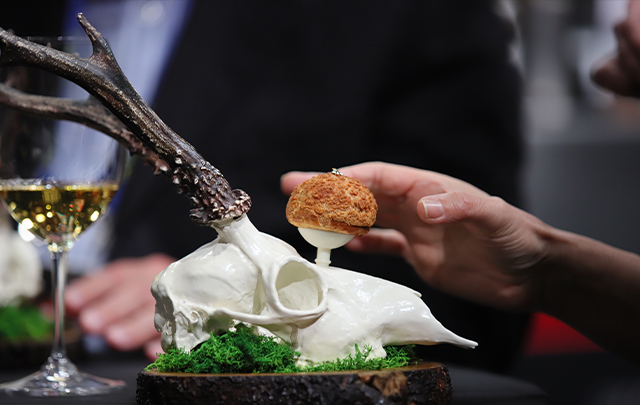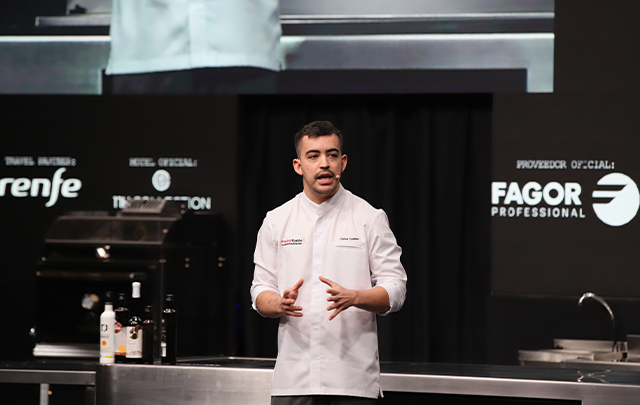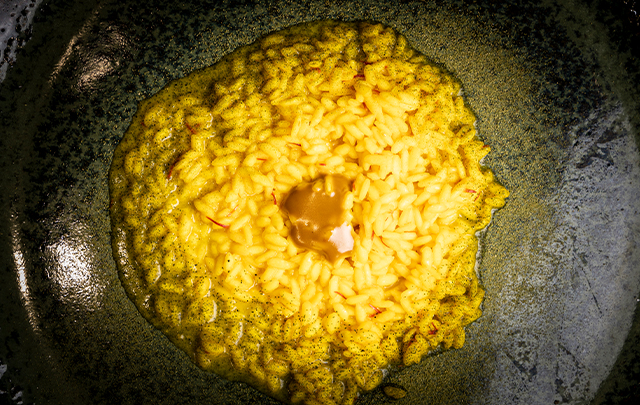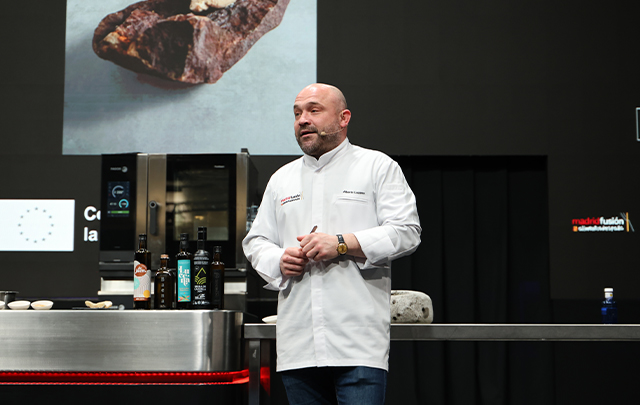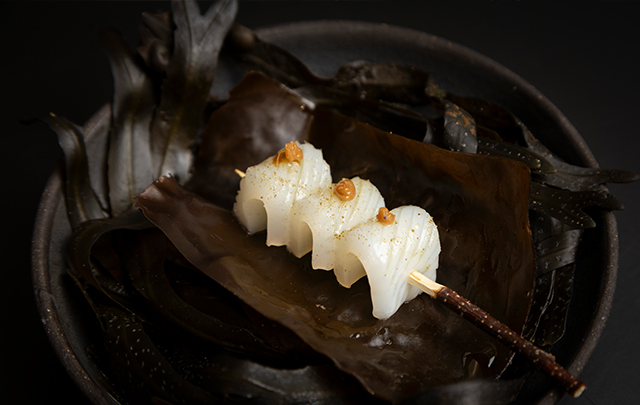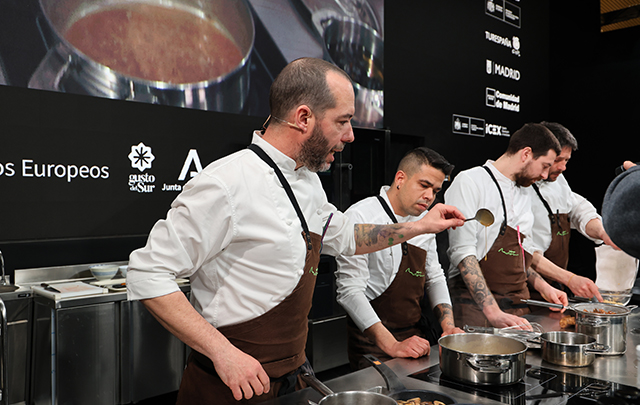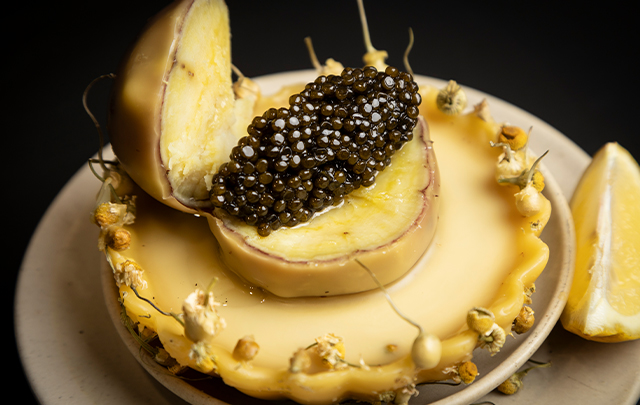News
From natural wine to fried pizza, the trends and changes of the evolving world of wine take centre stage on day two of The Wine Edition Wines from Spain
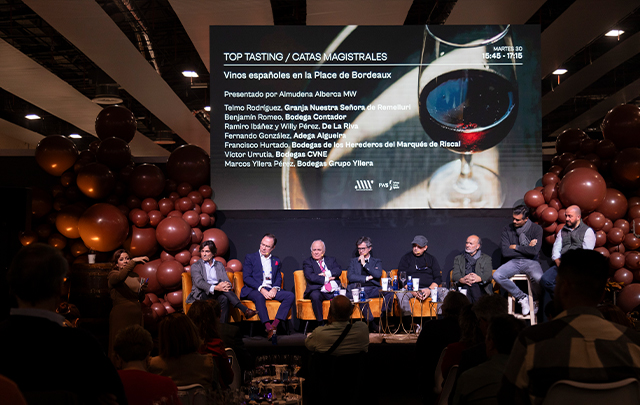
The second day of The Wine Edition Wines from Spain, featured conversations on topics as diverse as natural wines, trends in the American wine market and wine pairings at the restaurant of the world’s best pizza chef. Permeating all the sessions is the spirit of innovation and openness of the gastronomy and wine industry.
This fourth edition of the important wine event, hosted by Madrid Fusión Alimentos de España, the most important gastronomy congress in the world, is held at the IFEMA exhibition centre in the Spanish capital, 29th - 31st January 2024.
By now a well-established congress in the global food and drink events calendar, The Wine Edition Wines from Spain has a firm focus on the world of wine and a stated aim to uncover new trends and talents while providing a forum for discussion and learning from a sector that is integral to gastronomy and culture around the world.
Kicking off the versatile and dynamic programme on day two, a roundtable session titled The present and future of natural wines turned the spotlight on a much debated and often controversial area of wine, still nascent but fast gathering pace.
Chaired by Jay Strell, of Strell & Co in New York City, the panel gathered sommelier Thibault Chauvet with Eduard and Stephanie Tscheppe, the couple behind Gut Oggau in Austria. The three talked the audience through a tasting of natural wines, highlighting the principal talking points in low-intervention wines.
The winery has made a name for itself since the couple took over an abandoned and neglected vineyard in 2007 and made the decision to take the path of low-intervention wines, partly in response to the detrimental impact that decades of industrialised mass production of wine has had on the environment. They started at a time when the term ‘natural wine’ hadn’t been invented yet and according to Stephanie, it is an inadequate term to describe the wine made by Gut Oggau and other low-intervention producers. “We call it natural wine, but for us it is just wine”.
Sommelier Chauvet who has worked in restaurants, including Kadeau in Copenhagen and La Doyenne outside Paris agreed. “It is just wine. It is the most natural way to produce wine, you grow grapes, you harvest, you macerate them and you have wine. It is not a style or a flavour; it is a vision and 90% of the work is done in the vineyard.”
At Gut Oggau this vision means that farming methods are sensitive to the soil, the plant and the climate. They use horses instead of tractors and work to optimise the growing conditions for a better product. It is a philosophy that is gaining traction with a younger customer group. “Young people drink natural wine because they see this crucial environmental approach. They see the responsibility we have to leave the world a better place,” said Steffi.
Eduard concluded that it would become imperative to change the approach to farming in wine as years of industrialisation have left soil depleted of the vitality it needs to produce high quality wines. “Whatever the style of wine you have, it is all about the farming. If you have healthy soil, you have a healthy plant and a good product.”
In Top Tasting: What’s happening in American wines? André Mack, sommelier and the founder of Maison Noir winery in Oregon shared a comprehensive overview of the current panorama of wine in the US.
In a country of where consumers are generally allied to a drink category – wine, beer or spirit – he said, wine is making headway and natural wine is bringing an entirely new demographic to wine drinking.
He sought to dispel the notion that one is preferable to the other. “For me the wine industry has several different parts and natural wine is one of them alongside traditional wine. With both you get some bad wines occasionally. The cream rises to the top, regardless of where you are in the industry.”
Mack who used to work in restaurants The French Laundry and Per Se, shared a number of current trends in the American wine market. He highlighted ready-to-drink wines, using innovative packaging – cans, bags and boxes – as well as a rise in popularity of sparkling wines, including naturally sparkling pet nat wines. Skin contact wine is another area of wine production that is finding success in the American market. A change in the demography of wine consumers plays a part in these trends becoming prevalent in the vast US market.
“There is a rise in knowledge in the wine category, which means that people know what they like to drink; there are younger people involved who look for obscure grape varietals or are inspired by what they see in other regions. This is a fun time for wine in the American landscape – we have broken out of our shell and are trying new things.” The lunchtime Vinomio session Pizza and Italian wines with Franco Pepe, the world’s best pizza chef, saw Pepe demonstrate the preparation of his take on the famous fried pizza, which he serves at his restaurant Pepe in Grani in a small Italian village.
As a snack fried dough is old, cooked originally by the Romans and exploded in post war Naples when many people didn’t have ovens in their homes and pizza was fried in the street.
Pepe has reinvented the concept and introduced it as a much lighter and more digestible version. Today 45% of the orders in Pepe in Grani are for the fried pizza, which is served on a tasting menu from savoury to sweet.
At Madrid Fusión Pepe took the audience through his menu of fried pizza called Totally Fried, preparing a sequence of fried pizza servings and featuring the ingredients and flavours associated with Italy among them tomato, mozzarella cheese, ricotta cheese, basil and lemon.
“I wanted to create a new concept of fried pizza, a version that would have great flavour and a lightness. Many people don’t know fried pizza because it has always been considered a product that was cooked in the oven but we can do so much more with it,” he said.
During his presentation he recalled the decision to introduce a pizza sommelier and change the way the pizza is paired with drinks. Today there are four sommeliers in Pepe in Grani working with a wine menu of 140 bottles. The tasting menu is served with a selection of sparkling, white, rose and red wines. “We have managed to slip away from the way pizza was always served with Coca-Cola or beer,” said Pepe.
Guarino meanwhile explained that sparkling wine is the ideal partner for pizza as the acidity it carries handles the fat in the fried pizza well. “Franco has given us the opportunity to change the way we serve pizza. We want to find authenticity in the wines we serve, we are looking for subtlety and we use simpler wines for pizza, which is a simple product.”
Also in the auditorium today Pepe Mendoza, the owner of Casa Agrícola in Alicante, won the prize for sustainable winery of the year, presented in collaboration with Tierra de Sabor; a panel of Spanish winemakers gathered to discuss the role of the wines of Spain in La Place de Bordeaux, the world’s oldest network for distributors of fine wine; and Greg Dillon of UK-based design agency Stranger & Stranger shared insights into how wine and spirit brands can differentiate themselves by creating quality labels that can give them genuine competitive advantage.

